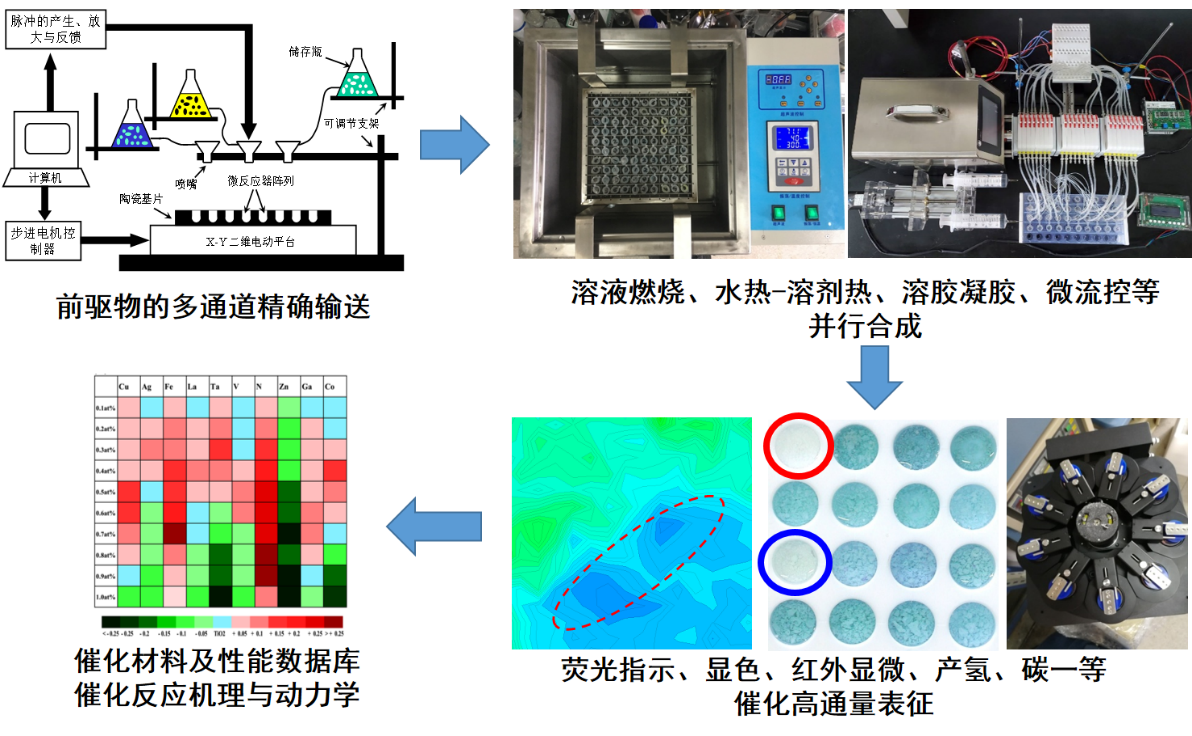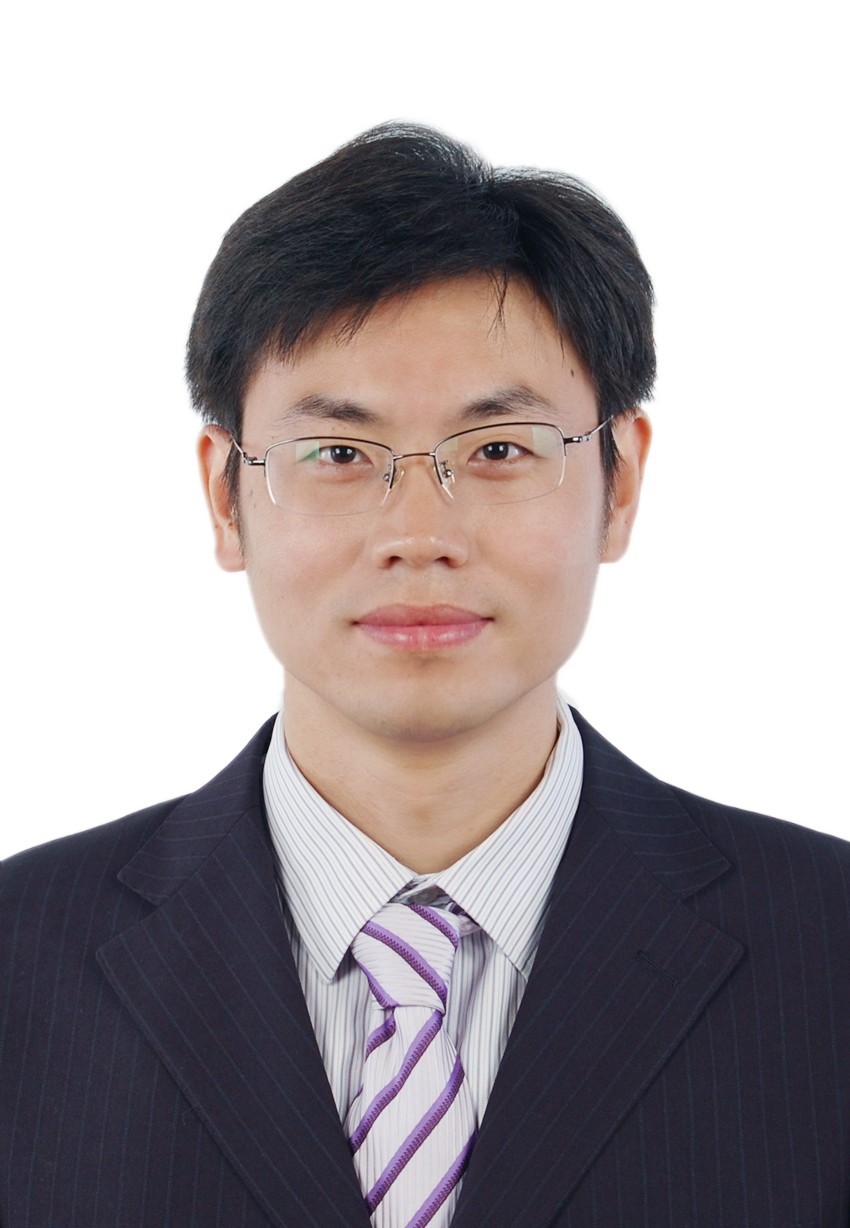Material Genome Engineering
in Photocatalysis
Song
Sun1,2*, Xiaodi Zhu2, Jun Bao2,
Faqiang Xu2, Chen Gao2,3
1 School
of Chemistry and Chemical Engineering, Anhui University, Hefei, Anhui 230601,
China;
2
National Synchrotron Radiation Laboratory, University of Science and Technology
of China, Hefei, Anhui, 230029, China;
3 School
of Physical Sciences, University of Chinese Academy of Sciences, Beijing
101408, China
ABSTRACT: Photocatalysis
technology can convert solar energy into high-quality chemical energy, which
has an important application prospect in solving energy and environmental
problems. Despite several decades of intensive studies, only a few commercial
photocatalysts have been discovered by means of the conventional one-at-a-time
synthesis and characterization. Fortunately by the high-throughput material
experimental strategy, a large number of material samples with different
composition and structure/microstructure are synthesized simultaneously to form
the “materials library”. Then, the
composition-synthesis-structure/microstructure-performance correlation can be
identified through rapid characterization of the materials library. This idea
is promised to greatly accelerate the materials research and promote the
discovery of new materials, especially for photocatalysts. In recent years, we
have developed a combinatorial drop-on-demand inkjet delivery system, a parallel
sol-gel synthesizer with 400 samples at one time and a hydrothermal/solvent-thermal synthesizer with 100 samples
at one time and applied them to the studies of photocatalysts by addressing the
problems of low flux and uneven powder synthesized in the existing
high-throughput equipment for wet chemical synthesis. Moreover, the
high-throughput characterization method on structures and performances of
photocatalysts, including infrared microscopy, color development, fluorescence
indication, etc., was also developed. Based on these, the platform of parallel
synthesis and high-throughput characterization was preliminarily established
(Fig.1). Several photocatalytic systems, such as TiO2, Cu1-xCdSS1-yO,
YAlO3, etc. were systematically studied. For example one
representative oxysulfide photocatalyst for overall water splitting was
obtained with a quantum efficiency of 4.9%@420 nm. The relationship between
surface adsorption and degradation efficiency was revealed, and the mechanism
and reaction kinetics of photocatalytic degradation of gaseous organic
compounds were also explored.

Fig 1. Scheme of
parallel synthesis and high-throughput characterization of photocatalysts
Keywords: photocatalysis;
degradation of pollutants; water splitting; parallel synthesis; high throughput
characterization
* Corresponding author:
suns@ustc.edu.cn.

Song Sun has received his PhD degree from University of Science and Technology of China in 2010 under the guidance of Professor Chen Gao. Dr. Sun is a professor in School of chemistry and chemical engineering, Anhui University, China. His research interests focus on catalytic materials and related mechanisms by combining materials genomics method and synchrotron radiation technology. His research is supported by the National Key Research and Development Program of China (No. 2016YFB0700205), the National Natural Science Foundation of China, and the Key Research and Development Program of Anhui Province.